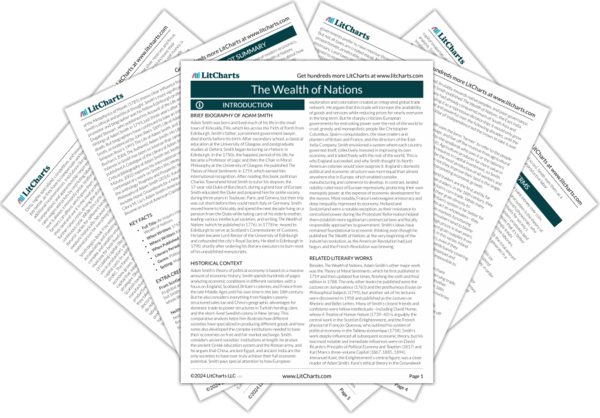The problem with the agricultural system is that it views merchants and manufacturers as unproductive. But in reality, the value of manufactured goods is more than just the cost of the materials and labor that goes into them. Rather, merchants and manufacturers’ work adds significant value to the economy by giving people access to specialized goods that meet their specific needs. For instance, the value of a knife is much more than the cost of the metal that goes into it, plus the time that an artisan spends crafting it, because it can help people perform all kinds of more specialized activities. In contrast, for Smith, the division between productive and unproductive labor is about revenue, not goods: the knifemaker is productive, even if energy or their material inputs get lost in the manufacturing process, because the
economic value of what they produce is at least as much as their initial investment. Perhaps most importantly, the agriculturalists miss Smith’s insights about the benefits of specialization and the way productivity gains from manufacturing can drive rapid economic growth.
